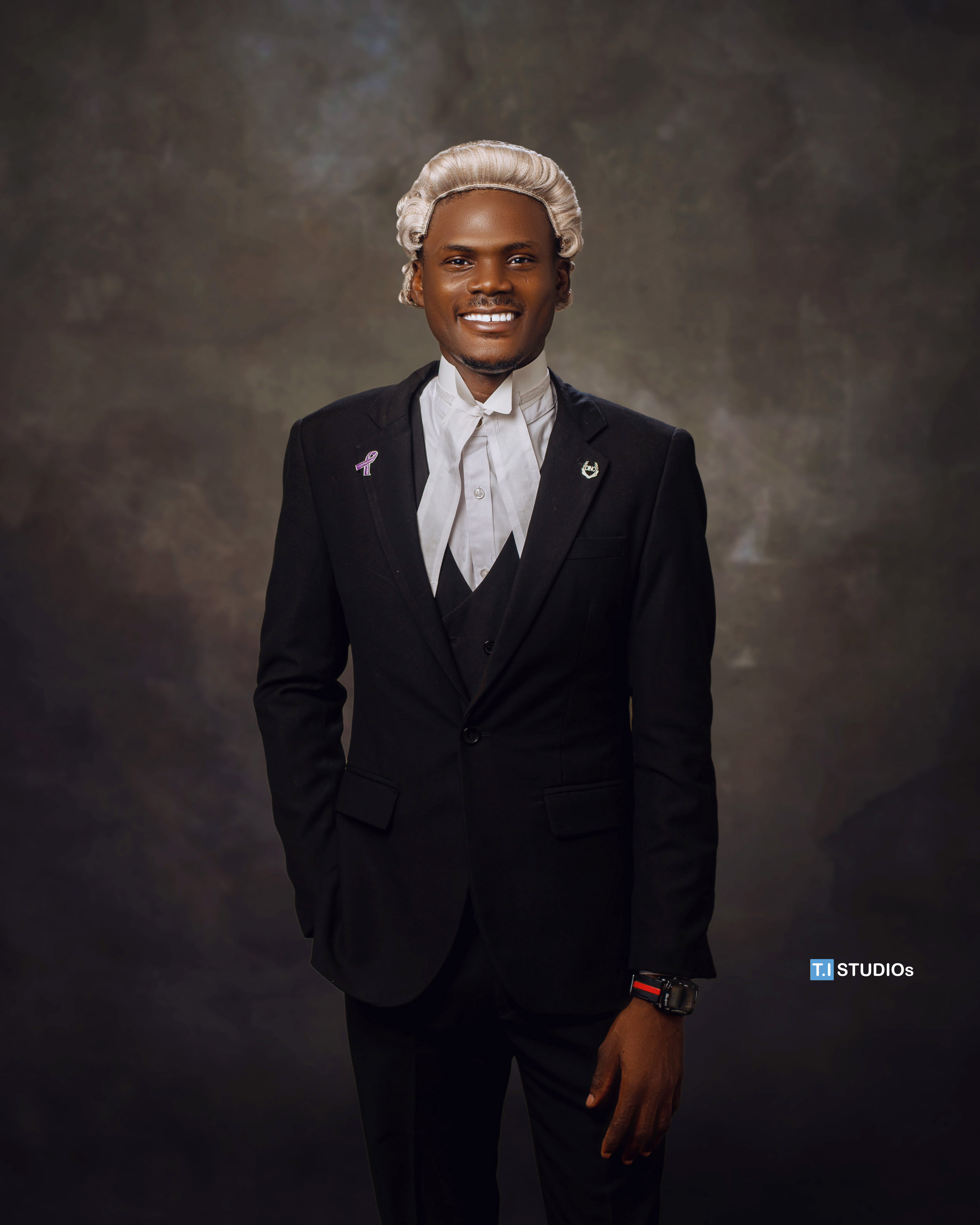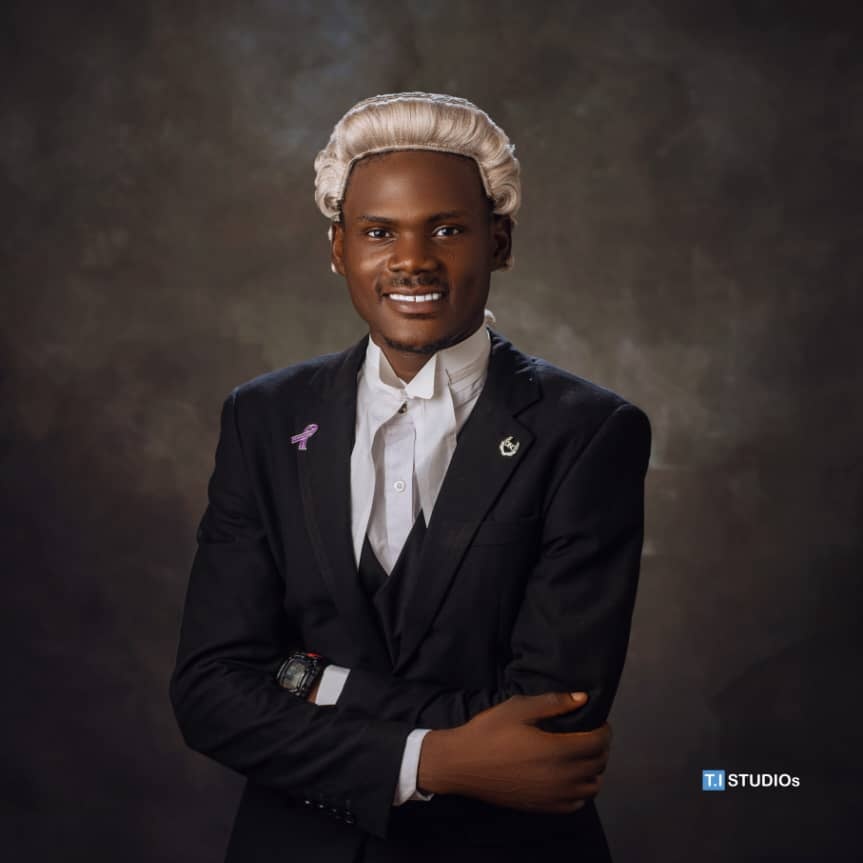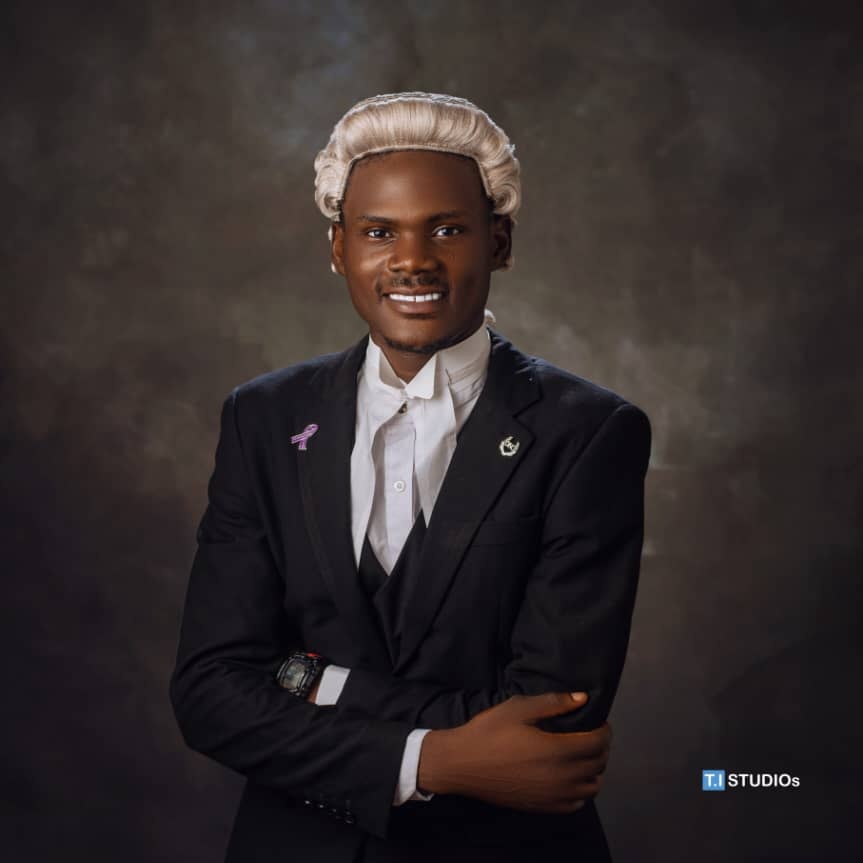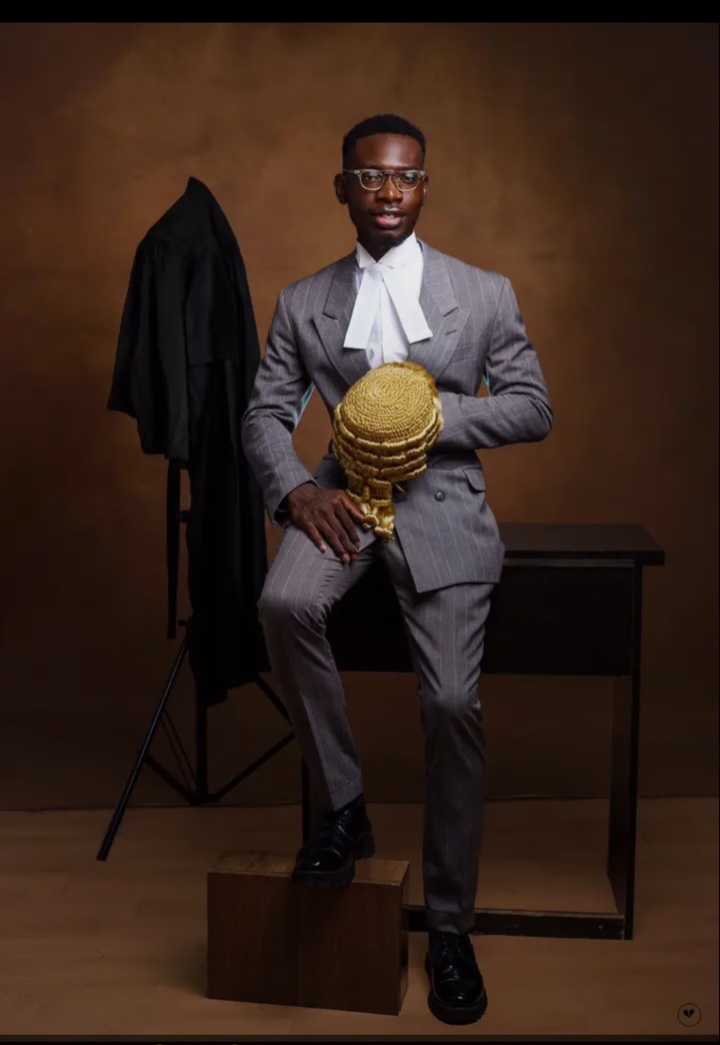By P.L. Osakwe Esq.
"Style is a way to say who you are without having to speak. But the law ensures you still own what you say."
I. Introduction: When Law Meets Style
Fashion is not merely vanity stitched in fabric. It is an industry, a culture, a political statement, and an expression of identity. Yet, behind the glamour of runways and the allure of luxury, lies a complex matrix of legal rights, responsibilities, and risks. From intellectual property battles to employment contracts, from environmental compliance to cultural appropriation, the fashion industry is deeply intertwined with law. Yet in Nigeria and many parts of Africa, this intersection is hardly explored.
As the Nigerian fashion industry blossoms into a global influencer—from Lagos Fashion Week to the corridors of Paris and New York—legal knowledge becomes indispensable. How can a young designer protect their work from counterfeiting? What laws govern influencer partnerships or garment production conditions? This article ventures into the underexplored terrain of fashion law, emphasizing why the creative world must embrace legal awareness and how Nigeria can lead the movement.
II. Intellectual Property in Fashion: Who Owns the Design?
The core of fashion is design. And design, like any creative work, can be copied, stolen, or imitated. Intellectual property (IP) law provides the backbone for ownership in fashion, but the rules are murky and often inadequate, especially in jurisdictions like Nigeria where enforcement is weak.
1. Copyright.
In Nigeria, copyright protection is governed by the Copyright Act Cap C28, Laws of the Federation of Nigeria 2004, as recently updated by the Copyright Act, 2022. Under the law, artistic works—which include sketches, drawings, textile prints, and even fashion illustrations—are eligible for protection if they are original and fixed in a tangible medium.
However, the finished garment itself often does not enjoy copyright protection. This is because clothing is considered "useful articles" and does not meet the threshold of artistic originality under Nigerian and even international copyright law, unless it incorporates sculptural or decorative elements separable from its function.
Example: A fashion sketch or textile pattern may be protected, but a simple dress design may not, unless it includes unique graphic or artistic expression.
2. Trademarks.
Fashion houses often rely on trademarks to protect brand names, logos, slogans, and distinctive signs. Trademarks are registered under the Trademarks Act, Cap T13, LFN 2004 and administered by the Nigerian Trade Marks Registry.
A registered trademark protects brand identity and consumer association. This is crucial in an industry plagued by counterfeiting.
Example: The "Orange Culture" or "Lisa Folawiyo" labels can be trademarked to prevent others from falsely marketing similar-looking clothing under the same or confusingly similar names.
3. Design Rights and Patents.
The Patents and Designs Act, Cap P2 LFN 2004 offers protection for industrial designs, which include the ornamental or aesthetic aspects of an article. However, protection only arises upon registration, and few Nigerian designers take advantage of this due to cost, lack of awareness, and bureaucratic delays.
Unlike in Europe, where the EU Community Design Regulation provides unregistered design protection for up to three years, Nigeria lacks such automatic protections, creating a vulnerability for emerging designers.
III. Contracts in Couture: Legal Frameworks in Fashion Relationships.
Behind every fashion label is a network of legal relationships—between designers, models, photographers, garment workers, stylists, brand influencers, retailers, and financiers. These relationships must be legally formalized to prevent disputes.
1. Employment and Labor Contracts
In a country with minimal labor protections in the informal sector, many fashion workers—especially tailors, pattern cutters, and stylists—work without formal contracts. This opens the door to exploitation and confusion over intellectual ownership, especially when a tailor contributes significantly to a finished design.
Under the Labour Act Cap L1, LFN 2004, all employees (including part-time and casual workers) are entitled to written contracts within three months of employment. Yet, this is rarely observed in the fashion sector.
2. Model and Influencer Agreements.
The rise of social media marketing and fashion influencers has created new legal frontiers. Brands now pay influencers to promote clothing lines, making influencer agreements vital.
■ A valid influencer contract should specify:
■ Deliverables (e.g., number of posts, video content)
■ Duration of the campaign
■ Usage rights for images
■ Exclusivity clauses
■ Compensation
■ Dispute resolution mechanisms
In Nigeria, many of these arrangements are informal or verbal, leading to frequent misunderstandings and brand dilution.
3. Non-Disclosure and Non-Compete Clauses.
Design theft is a recurring issue in Nigerian fashion circles. Designers who employ assistants or work with tailors may find their designs replicated and sold elsewhere.
Legal remedies include NDAs (Non-Disclosure Agreements) and Non-Compete Clauses, both of which can be enforceable under Nigerian contract law if they are reasonable in scope, duration, and geography.
IV. Fashion Crimes: Counterfeiting and Brand Piracy
Nigeria is a hotbed for fashion counterfeiting. From fake Gucci belts to knock-off Ankara patterns, intellectual theft has become normalized. This not only injures designers but also reduces consumer trust.
Under the Copyright Act 2022, criminal sanctions now apply to unauthorized reproductions of protected works. Also, the Standards Organisation of Nigeria (SON) and the Nigeria Customs Service have powers to seize counterfeit goods, though enforcement is inconsistent.
A critical gap remains in empowering creative stakeholders with knowledge and access to enforcement mechanisms.
V. Environmental and Ethical Compliance in Fashion.
Fast fashion has environmental consequences. The Nigerian market is flooded with "Okrika" (second-hand clothing), contributing to textile waste and stifling local fashion businesses. Legal regulation in this area remains sparse.
However, the National Environmental Standards and Regulations Enforcement Agency (NESREA) provides guidelines on textile waste and industrial pollution. Fashion houses must comply with environmental standards during production.
Beyond the environment, there is the issue of ethical fashion—ensuring workers are paid fairly, operate in safe conditions, and that sourcing is not exploitative.
Nigeria lacks a formal Fashion Industry Regulatory Code—a policy gap that lawmakers must urgently fill if the industry is to scale sustainably.
VI. Cultural Appropriation vs. Cultural Appreciation: The Law and the Line.
One of the most contentious topics in global fashion is cultural appropriation—the unauthorized use of traditional knowledge or expressions of folklore for profit.
African prints, beadwork, and embroidery have been replicated without credit or compensation by international brands. In 2016, fashion giant Zara was accused of copying South African Basotho designs. Similarly, Dior faced backlash for using wax prints associated with African heritage.
Nigeria’s Copyright Act 2022 now explicitly protects folklore and communal expressions, stating in Section 31(5) that:
“No person shall use a work of folklore or traditional cultural expression for any purpose without authorization.”
This is a step forward, but practical enforcement remains elusive due to vague procedures and institutional underdevelopment.
Cultural heritage needs to be safeguarded through community involvement, legal registration of traditional designs, and diplomatic enforcement across borders.
VII. Fashion Tech and E-Commerce: Data, Payments, and Protection.
With the rise of fashion e-commerce platforms like Jumia, PayPorte, Zima Fashion, and Instagram-based fashion vendors, new legal issues arise around data protection, payment fraud, and online consumer rights.
The Nigeria Data Protection Act 2023 governs how fashion retailers collect and use customer information. Online stores must:
■ Obtain informed consent before collecting data.
■ Securely store financial information.
■ Allow users to opt-out of marketing.
The Federal Competition and Consumer Protection Commission (FCCPC) also regulates online trading, requiring vendors to:
■ Disclose accurate product information.
■ Offer return and refund policies.
■ Avoid deceptive advertising.
VIII. The Case for a Nigerian Fashion Law Ecosystem
The time has come for a specialized body of law or at least an institutional framework to regulate and support the Nigerian fashion industry. This could take the form of:
■ A Fashion Law Desk at the Ministry of Trade and Investment
■ Integration of Fashion Law into university curricula
■ Funding for design registration and IP enforcement
■ Legal clinics to support young designers and fashion startups
■ Government-sponsored fashion incubators with legal advisory services
Fashion law is not an elitist luxury, it is an economic necessity. If Nigeria wants to dominate African fashion, it must create the laws that empower it.
IX. Global Best Practices: Learning from the World.
Countries like the United States and Italy have thriving fashion law ecosystems.
The Fashion Law Institute at Fordham University (New York) offers training and policy research.
The EU Design Directive provides 3-year unregistered design rights to protect fashion items.
Italy’s fashion arbitration courts handle IP disputes swiftly, protecting the creative economy.
Nigeria can learn and adapt these models, customizing them for local realities.
X. Conclusion: Wearing the Law, Weaving the Future
Fashion is powerful. But without the law, it is vulnerable. From sketches to the sales rack, legal protection is what converts creativity into commerce and style into a sustainable industry. For Nigerian fashion to thrive globally, it must be clothed in law—from the threads of contracts to the shields of intellectual property.
The designer’s sketchpad and the lawyer’s notebook must walk the runway together.
■ References
1. Copyright Act, 2022 (Nigeria)
2. Trademarks Act, Cap T13, Laws of the Federation of Nigeria 2004
3. Patents and Designs Act, Cap P2, LFN 2004
4. Labour Act, Cap L1, LFN 2004
5. Nigeria Data Protection Act, 2023
6. NESREA Guidelines on Waste and Textile Pollution
7. Federal Competition and Consumer Protection Act, 2018
8. Section 31(5), Copyright Act 2022 – Folklore protection
9. EU Design Directive 98/71/EC
10. Fashion Law Institute – Fordham University, USA



